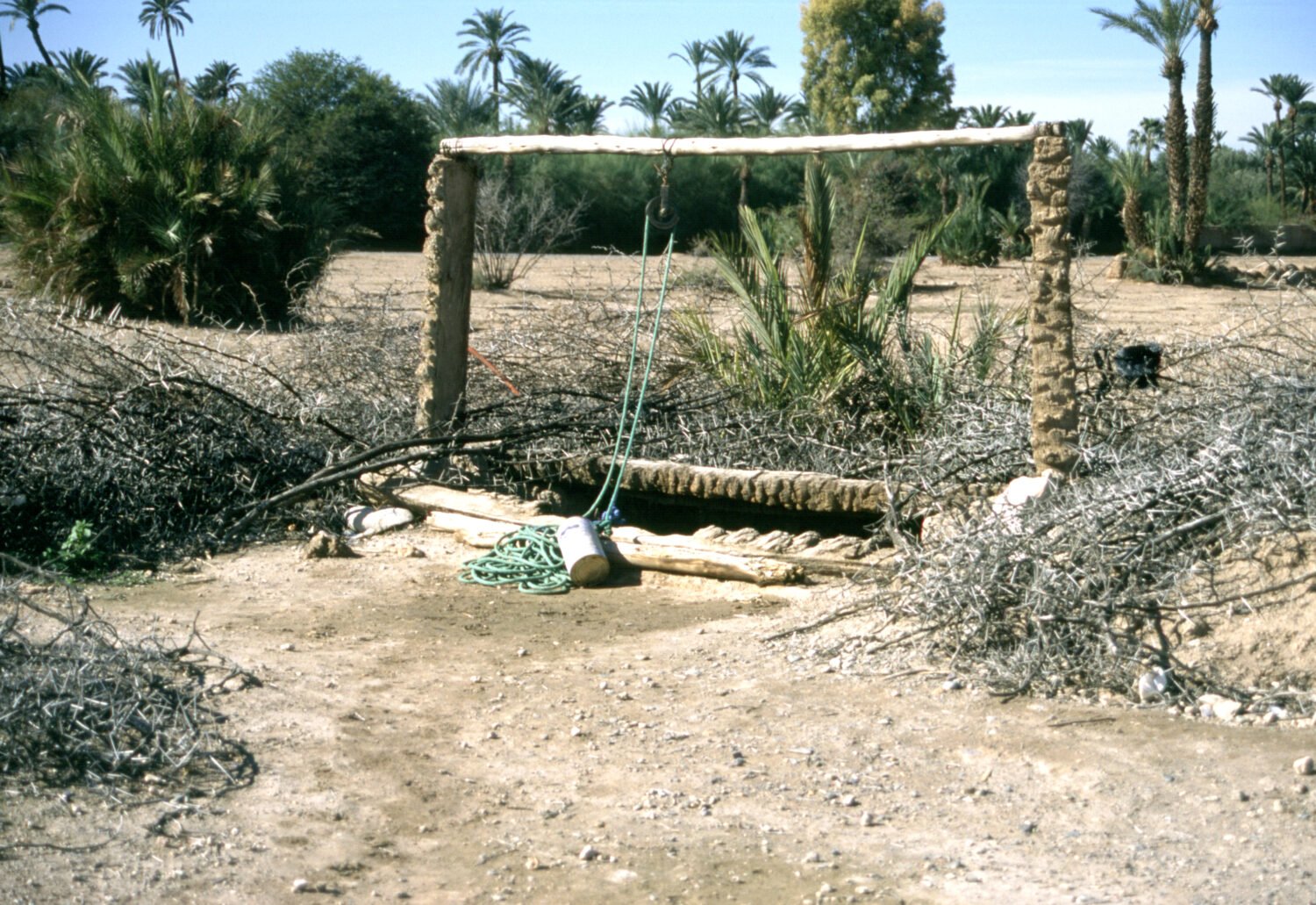
Introduction
At the start of the 11th century, the Moroccan statelets were united by the first of two great Moroccan Muslim empires. For two centuries, northwest Africa would be united by political movements originating in the deserts and mountains, not the coast and plains. These empires were Amazigh, rather than Arab.
Islam had unified the desert tribes through trade and religious warfare, but the religion was not very orthodox, and trade was riven by rivalries. In the mid-11th century, Yahya bin Ibrahim, the leader of a powerful desert tribe, the Gudala, recruited a preacher to instruct his people in orthodox Islam. He was Abdallah ibn Yasin, and his teachings were so rigorous that the Gudala expelled him. In about 1030, he and some like-minded followers found refuge in a ribat, a fortified post or religious centre on the edge of the desert, and set up a highly disciplined society.
They were known as al-Murabitun, ‘people who dwell in a ribat‘, or ‘people who are bound together in piety’. The English name ‘Almoravid’ derives from it. Through rigour and purity of spirit they wanted to establish a just society by “condemning evil and proclaiming good.” They used force, undertaking a jihad hat unified the Sahara and made them rich.
The spread of the Almoravids
Ibn Yasin spread his message by allying with other Saharan tribes. After seizing control of the desert trade routes they unified Sijilmasa, which they took in 1053, with Aoudaghost on the southern side of the Sahara, which they occupied in 1054. By 1058 Ibn Yasin’s most important general, Abu Bakr ibn Umar, had defeated the small kingdom of Aghmat, near modern Marrakesh.
There he married Zaynab, the beautiful widow of its last ruler, who had prophesied she would marry only the man who conquered all Morocco. Abu Bakr founded a military base called Marrakesh, near Aghmat, probably in 1070, but abandoned his wife and returned to fighting in the desert.
Abu Bakr’s cousin, Yusuf ibn Tashfin, took over as leader, and in 1075 used his huge army to take Fez, where he began a huge building programme, including mills, baths, and fondouks (urban caravanserais). He then married al-Zaynab, and founded a new empire, fulfilling the prophecy.
By 1082, he ruled western Algeria and in 1083, he took Ceuta. Over the Strait, where the princelings of Al-Andalus were too weak and divided to fight the advancing Christians, the King of Seville, Abbad II al-Mutadid, asked the Almoravids for help. On 23 October 1086 they halted the Christian advance at Zallaca, north-east of Badajoz.
Almoravid culture
The Almoravids were Sunnis who interpreted the Koran literally. Their austere morality, which was based on a rigorous adherence to legalistic interpretations enforced from above, imposed strictly Koranic (and thus lower) taxes. These lower taxes had won them support. Marrakesh attracted Islamic scholars from many places, but the Almoravids’ narrow-mindedness collided with the Sufi mysticism that was developing at the end of the 11th century, and with it, its Sufi writings.
Almoravid architecture was impressive. They surrounded Marrakesh with massive defensive walls and an elaborate system of underground irrigation channels (khattara) to water the gardens. The huge palace was estimated to cover 9,600 square metres and, as a sign of humility, Yusuf ibn Tashfin himself worked alongside masons building the great mosque. The Almohads destroyed the palace and mosques when they defeated the Almoravids.

Almoravid collapse
During the reign of Yusuf’s son Ali (1106-1143), decline set in. Yusuf was more a scholar than a soldier and the family was split by rivalries. The empire was divided into its Saharan and Maghrebi parts, depriving Marrakesh of manpower, although trade continued unfettered. Warfare in al-Andalus drained both manpower and finances. Tashfin ibn Ali 1143-1145) could not resist the Christians in Iberia, and in Morocco he faced a new Berber ‘prophet’.

